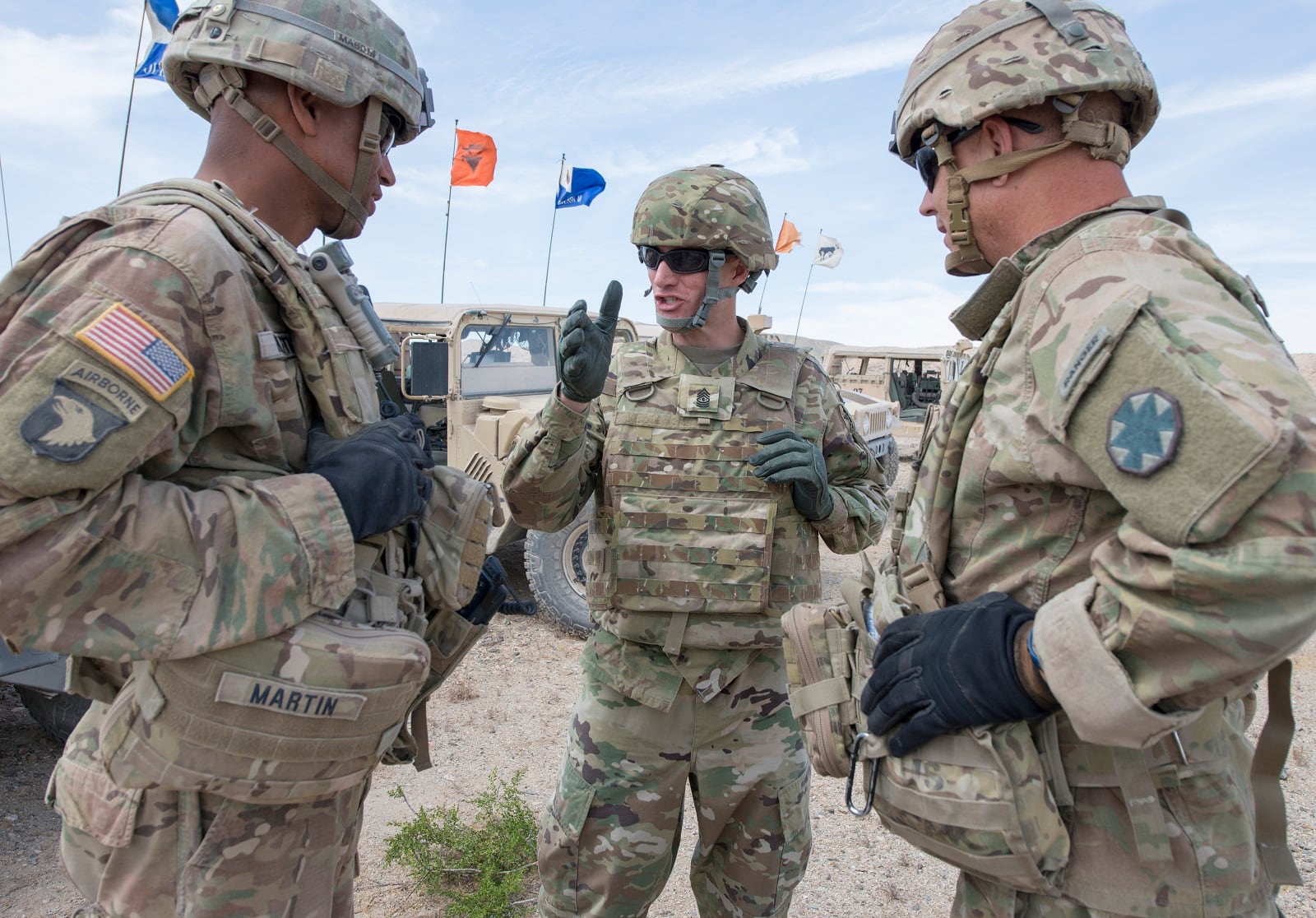It’s promotion time again.
You’ve just led soldiers on deployment, you’ve been maxing your PT test, you’re halfway into a stint as a drill sergeant, and you’re working on a bachelor’s degree. Your evals look great.
But you’ve only got three years time in grade, and you’re going up against guys who’ve also checked all their boxes but have been around longer. So, you end up at the back of the promotion line.
This is how it’s been done for years.
But the Army now wants that to stop.
A new enlisted promotions system will take sequence numbers — the places in line given to promotable NCOs based on time in grade and time in service — out of the equation for promotion boards.
The goal is to give top performers priority in the competition.
“A sequence number shouldn’t be the reason that I’m waiting to get promoted, because the number has no bearing on talent,” Sergeant Major of the Army Dan Dailey told Army Times in an interview this summer.
This proposal is just one of several big initiatives the Army’s top enlisted soldier is working on as he approaches the fourth — and final — year of his tenure.
Dailey gave Army Times an inside look at some of the items at the top of his to-do list.
Ending sequence numbers
The Army’s current enlisted promotion system sends all promotion-eligible soldiers to a board, which ranks them by talent — in other words, the jobs they’ve held, their evaluations, and the additional training or education they’ve taken on.
Then, that top tier is put through a system that reshuffles them again, this time assigning a number to each based on their time in the Army and their time in that rank.
That way, only those at the top of that heap make the cut, based on the number of spots available.
“So, I asked the question, I said, ‘Why do we do that?’ ” Dailey said.
Instead of taking the most qualified soldiers and ranking them for promotion by years served, the Army is now looking to have boards select top-ranked soldiers based purely on their accomplishments.
“It’s because you met all the standards, and you were the best selected,” Dailey said.
Sequence numbers will still exist for records purposes, he added, but they will not be used in promotion boards.
This initiative is the latest in the Army’s overall effort to find new ways to manage talent and reward soldiers for going above and beyond, both in the officer and enlisted ranks.
Officer promotions, including sequence numbers and competing with others from their same year group for promotion, are written into law, but for enlisted soldiers, Dailey said, the change is as simple as a sign-off from the secretary of the Army.
The initiative is still working its way through approval channels, according to G-1 spokesman Lt. Col. Randy Taylor.
SMA is also hoping to streamline the number of boards the Army does every year.
“What I mean by that is we do too many promotion boards and [other] boards annually right now,” he said. “So, I’m going to cut them down to like four boards.”
Ideally, there would be one board that covers promotions, one that’s responsible for school selection, and a board that screens for the Qualitative Management Program and the Qualitative Service Program, if those become necessary.
This would ensure that the eligible pool of soldiers is looked at by one body and is looked at equally, versus doing a separate QMP or a separate QSP board.
“So, let’s do a multi-use board and promote from the top,” Dailey said. “And if need be, and if talent requires it, then you’re moved from the bottom. And you don’t reshuffle based on time in service, time in grade. Because if you do that, maybe the most talented person is getting promoted last.”
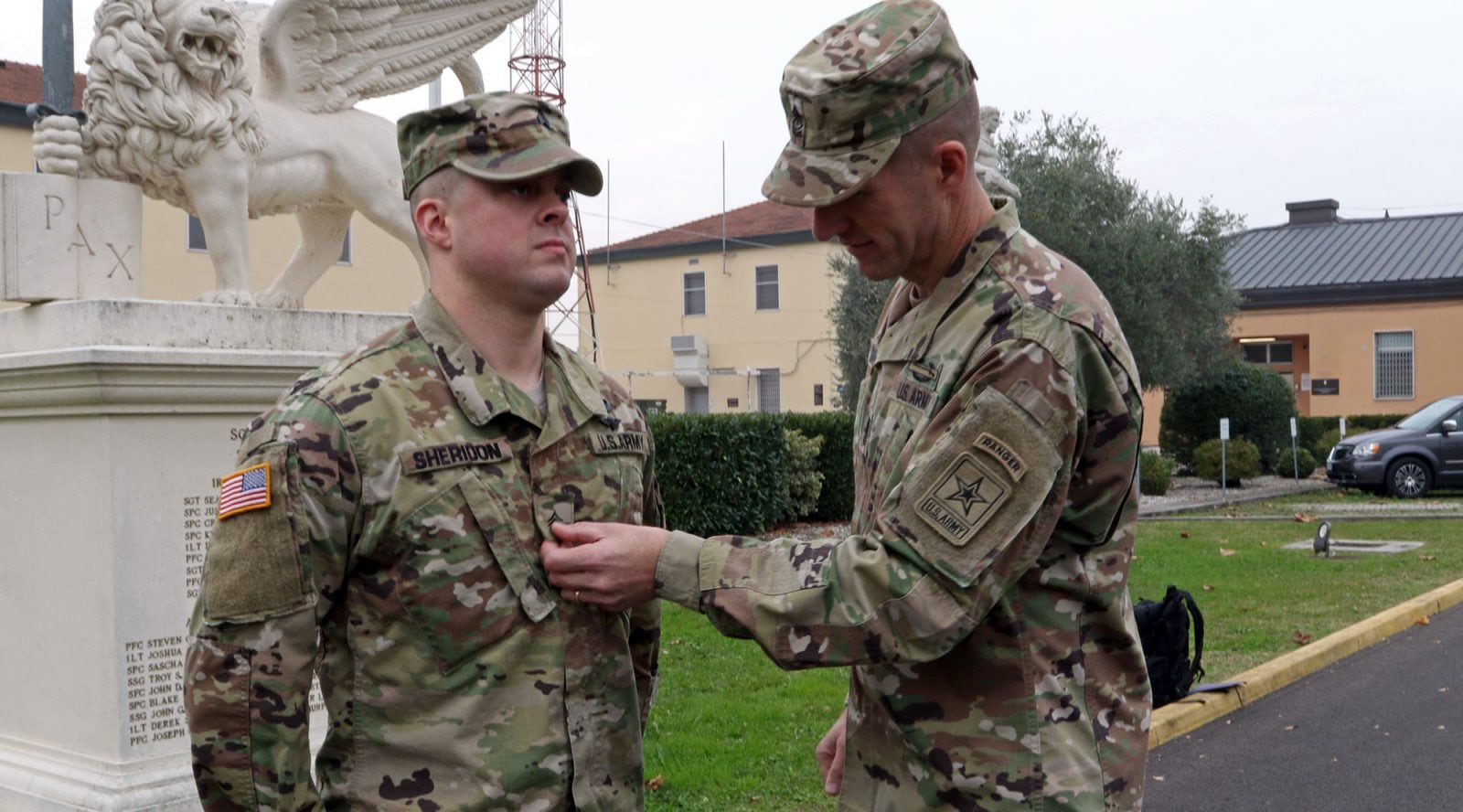
Senior NCOs: Up or out
Another big issue in the NCO corps is upward mobility. As it is now, once a soldier makes sergeant first class, he or she has unlimited chances to be screened for promotion, and they can serve out their days until they hit high-year tenure without ever getting promoted.
That clogs up the pipeline for younger, possibly more motivated and talented NCOs, Dailey said.
About a year ago, the Army reduced retention control points — the amount of time career soldiers can stay in uniform without getting promoted — to free up some space in its senior NCO ranks.
As a result, about 3,000 senior NCOs were to be forced to leave the Army in the next several years.
But with that, the service also was projecting accompanying increases in promotion rates for sergeants first class, master sergeants and sergeants major.
RELATED
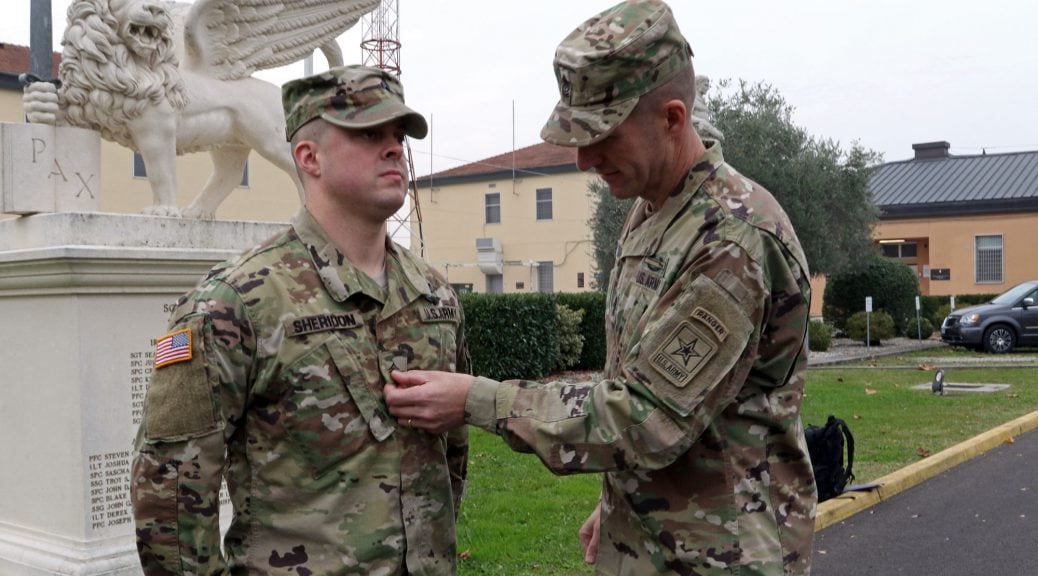
According to data provided by Dailey’s office last December, the Army was projecting a 6 percent increase in the number of soldiers who will pin on the rank of sergeant major in fiscal 2017, compared with fiscal 2016. Officials also were expecting a 25 percent increase in fiscal 2018.
For master sergeants, the Army was projecting a whopping 42 percent increase in promotions in 2018; the increase was projected at 24 percent for sergeants first class.
But SMA is considering taking things a step further.
“If you look at our officer promotion rates, they’re much higher,” he said. ”And the reason why is because, you know, if you get looked at twice and you’re not picked up for promotion, then you have to leave.”
Right now, senior NCOs are promoting at 20 percent, he said, and that’s not sustainable. Mid-grade NCOs feel trapped, he added.
Taking sequence numbers out of the equation could help that, he said, but there’s another option on the table.
“Do we need to do the same thing officers do, and do a two-look?” he said. “Do we need to do a three-look?”
SMA said his subject matter experts are working on a study to see if the changes need to go that far.
Zero non-deployables
Army Chief of Staff Gen. Mark Milley’s No. 1 priority is readiness, SMA said, and within that is the ongoing effort to whittle down the tens of thousands of soldiers who are not fit for deployment.
In five years, the Army has been able to get the number down two-thirds — to 20,000, Milley told the Senate Armed Services Committee earlier this year.
RELATED
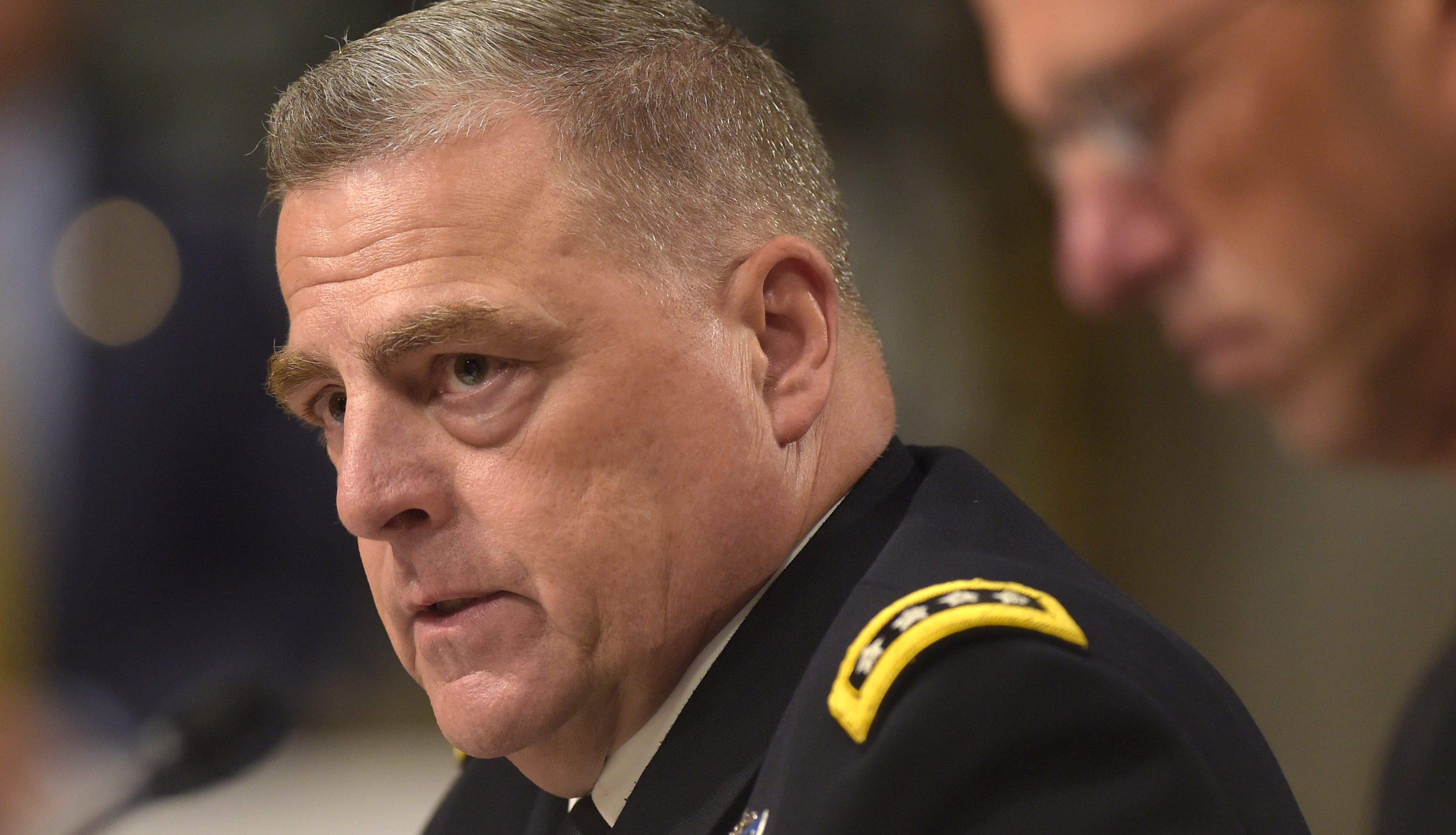
The vast majority of nondeployable soldiers are on that status because they’re behind on medical or dental check-ups, Dailey said.
Reducing that number is a relatively simple task, but it will involve increased outreach to make sure soldiers are making and keeping their appointments.
The Army also must make sure the soldiers’ units are giving them time to go to appointments, and that the clinics have enough availability to see them.
Then there are the mid-length non-deployables, Dailey added, who are coming off of illness or injury and will be reevaluated once they’re recovered.
The real challenge lies with the remaining 2 percent — these are soldiers who will never leave the United States again with the Army.
“Those are the soldiers where we need to make the tough decisions,” Dailey said. “Are you going to be able to get back to full health and be able to perform your jobs operationally? And if not, we’ve got to make the decision.”
That decision can be fraught, he added, and sometimes takes years to fully settle on.
“Those are very emotional sometimes. Sometimes we have a tough time with that. This is a human endeavor,” he said. “Some of these soldiers have fought in combat two, three, four, five, six times. We’ve got to do the right thing with regards to the soldier.”
But, he added, it shouldn’t take years to make a decision on whether to retain or separate a soldier — both for the Army’s benefit as well as the soldier’s.
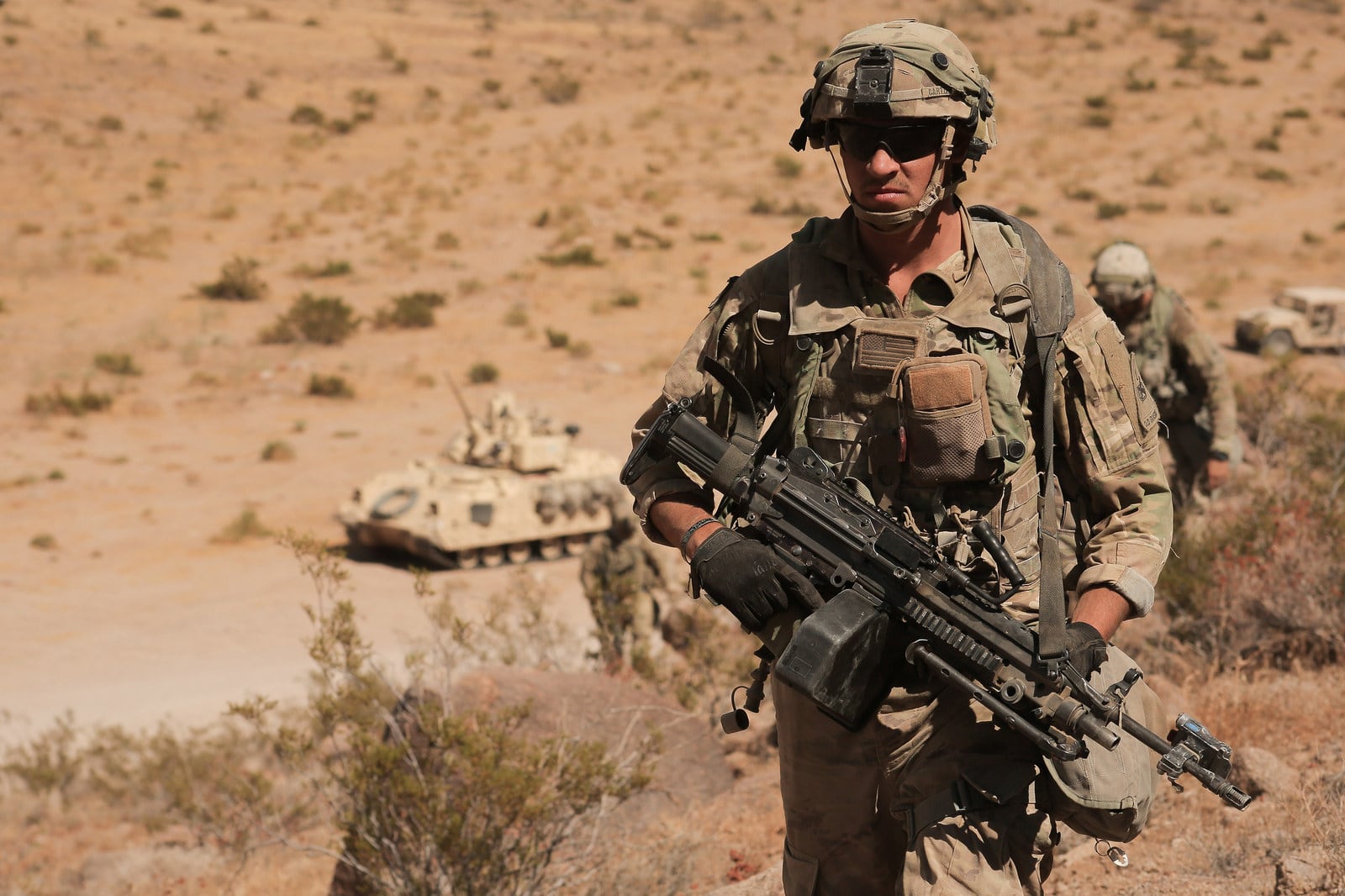
Testing combat fitness
The Army has known for years that the Army Physical Fitness Test doesn’t measure combat effectiveness, and now, two different commands are working on two different versions of a test that better simulates a firefight.
“We’ve been working on this for years,” Dailey said. “It started before I even got to [Training and Doctrine Command]. It is important to get this right.”
Before becoming the sergeant major of the Army, Dailey was the senior enlisted soldier at TRADOC.
Army Forces Command’s Soldier Readiness Test is designed to be administered at the unit level to help commander’s get a better idea of their soldiers’ readiness, but not necessarily to be punitive, experts told Army Times in July.
RELATED

There’s also TRADOC’s Army Combat Readiness Test, which is designed to be given to soldiers when they report to their first units and then repeatedly throughout their careers, with consequences for failing.
The Army Combat Readiness Test, as it’s being tested and evaluated at installations across the force, consists of six events.
They include a two-mile run, a 250-meter sprint/drag/carry, a maximum weight deadlift, a leg tuck, a standing power throw, and a T-pushup.
RELATED
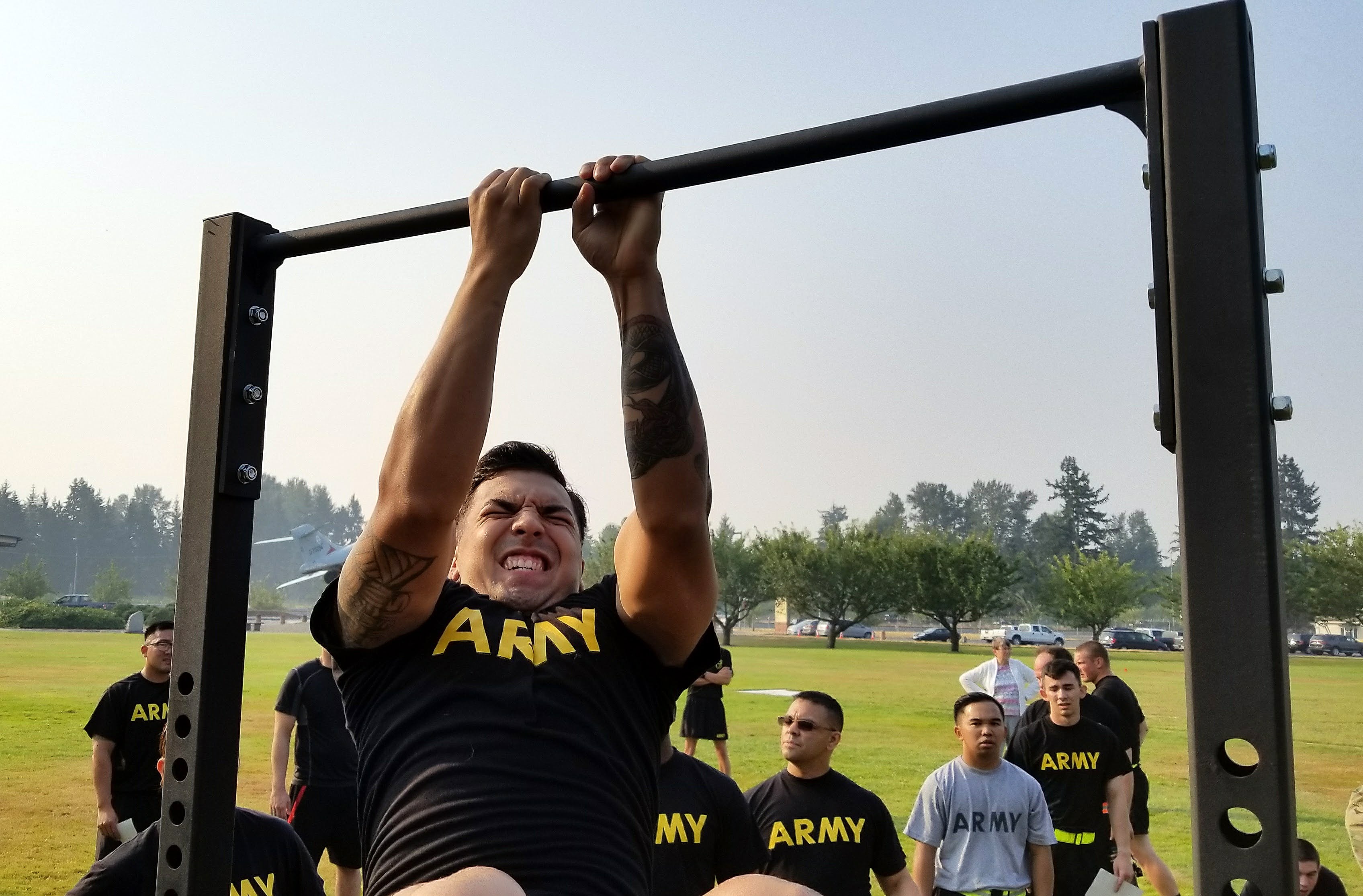
“What we have is not broken either, so let’s take this time and let’s do this right,” Dailey said.
Whether the Army ends up implementing one, both, or none, the idea is to create a gender-neutral test that measures power, strength and agility.
“It doesn’t matter — she lifted the artillery round and she put it in the gun, and it killed the enemy,” Dailey said. “That’s why I’m a huge proponent of it.”
NCOES common core
Currently, the Noncommissioned Officer Education System has sets of key skills and critical tasks for each military occupational specialty, but TRADOC is working on an expansion.
“We’re putting a common core in each level of NCOES, regardless of your MOS,” Dailey said.
The idea is that there are a handful of skills that all NCOs should have a handle on, regardless of their individual jobs.
“Should every NCO in the Army, regardless of your MOS, know land nav?” Dailey said.
Perhaps, he added, but a common core would have more to do with leadership principles as NCOs move up the ranks.
“There are things every NCO needs to know regardless of your MOS. And then as you get closer to the senior ranks, you get further away from your MOS stuff and more into a common core,” he said.
“We want to get you away from the task and more into the management. You still have to know what your soldiers do, but you don’t need to know every key stroke.”
The move is part of an ongoing effort to overhaul NCO education, making classes tougher, more relevant and more performance-based at every level.
It is linked to a new strategy that went into effect less than two years ago called STEP, or “select, train, educate and promote.”
Under STEP, soldiers must have the right level of education before they can be promoted to the next rank.
The system expands on the select, train, educate and promote procedures already used for advancements to sergeant major.
Pinks and Greens
While there are a lot of changes in the works, one of the most noticeable is the return of the “pinks and greens” dress uniforms, which SMA has been pushing for all year.
The World War II-era uniform would be a business-suit equivalent in the uniform lineup, giving soldiers something less formal than the Army Service Uniform to wear to official occasions.
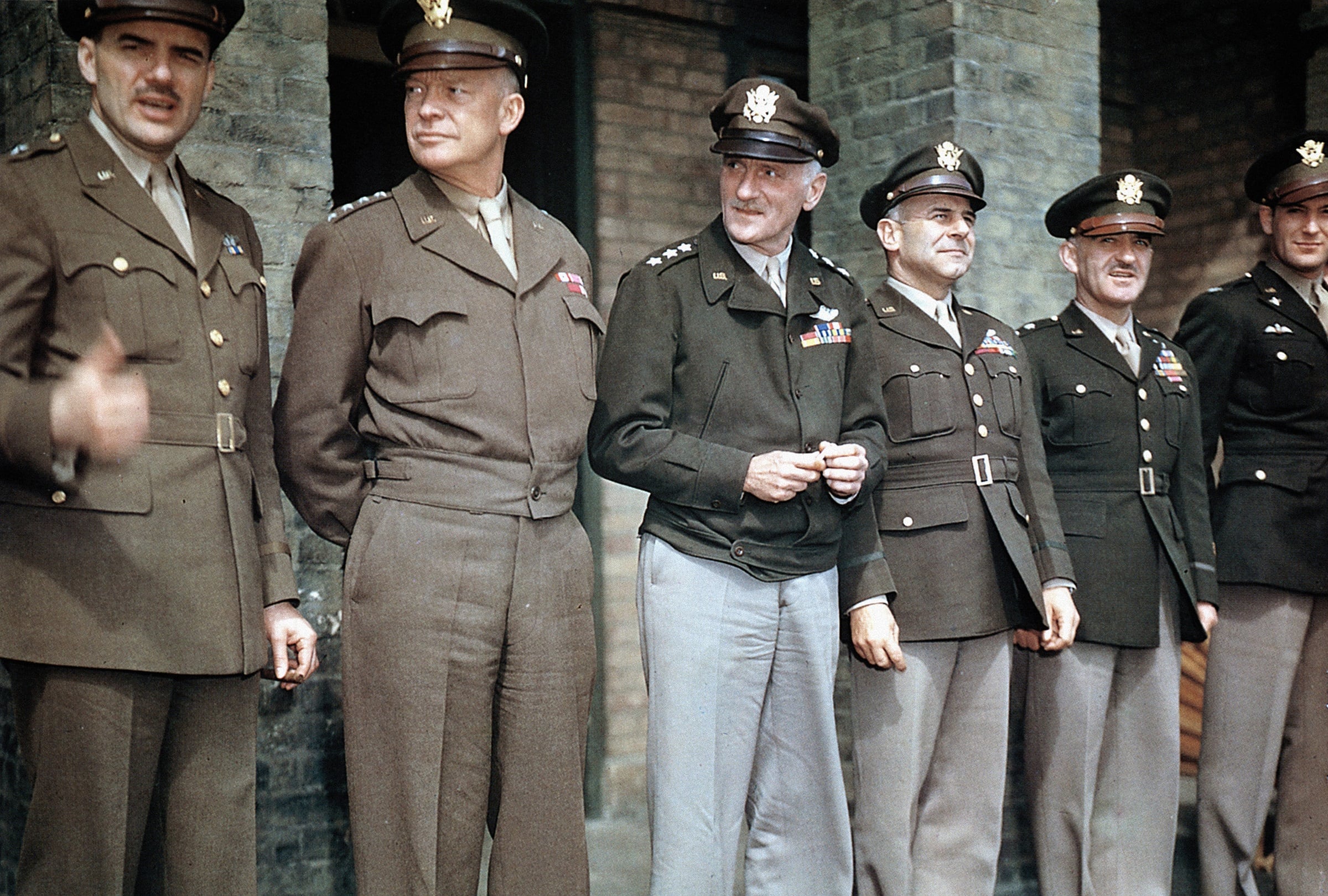
After more than a decade of Army Combat Uniforms as standard office wear, pinks and greens would add another layer of formality and offer an alternative to camouflage.
“It would give us that daily uniform, that’s not a combat uniform, that’s more business,” Dailey has said in the past.
Now, “we are getting ready to build a prototype of the pinks and greens,” Dailey said.
RELATED
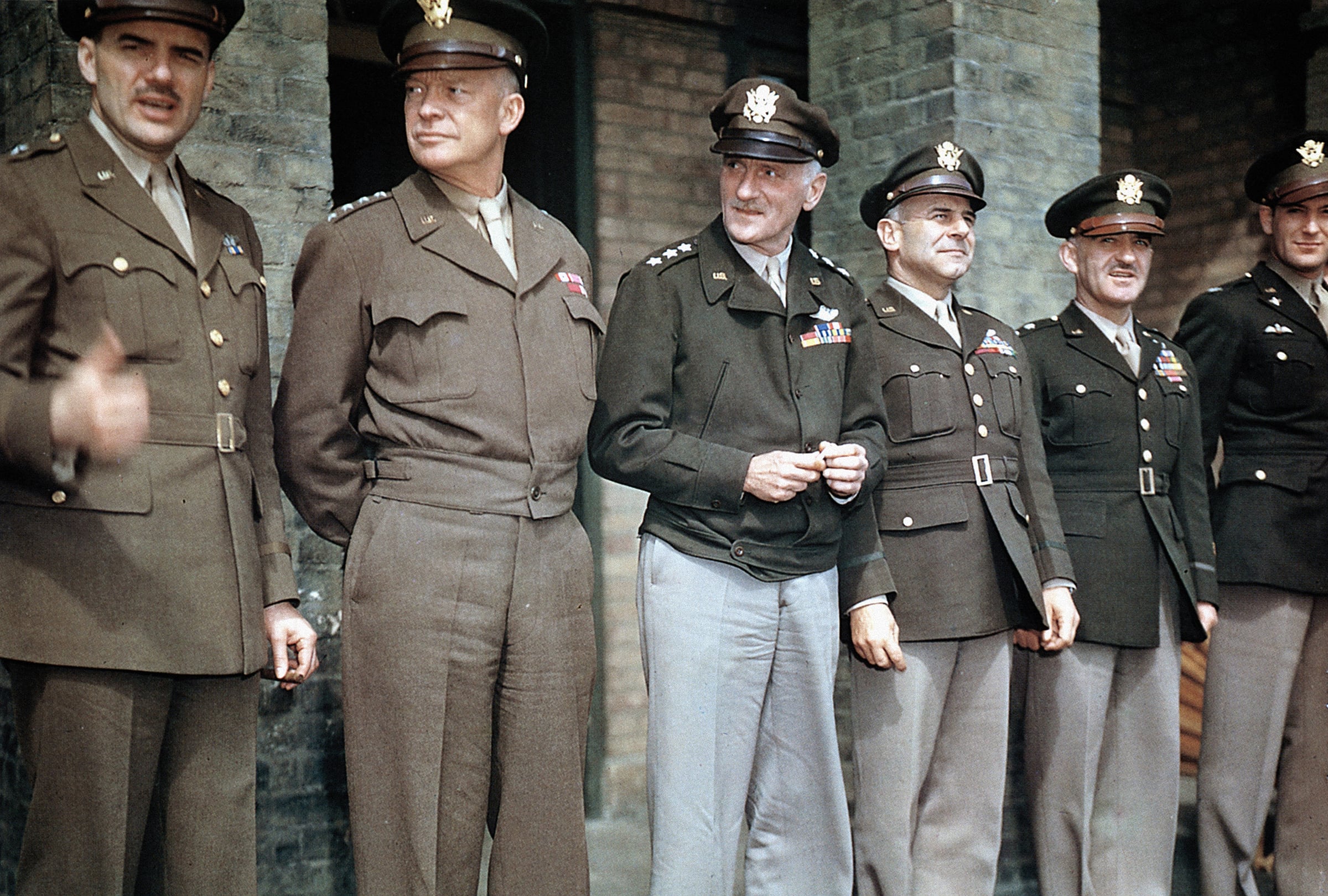
The Army is working with PEO Soldier on a concept design, he said, to send to the uniform board.
The new design will be based on the historic uniform but will take advantage of new technology.
“We have to look at, what’s the type of material we would use?” Dailey said. “Possibly capitalizing on some of the new processes in the textile industry.”
Any recommendations from the uniform board must go to senior Army leaders for final approval.
In February, at Dailey’s request, Army Times emailed a survey about the pinks and greens to about 28,000 active-duty Army Times subscribers.
Respondents had about a week to respond, and more than 5,000 of them did.
About 77 percent of respondents — all of whom said they were active-duty soldiers — said they like the World War II uniform.
In addition, 72 percent said they would like the uniform to come back as an optional item, and almost 59 percent said they prefer it over the Army Service Uniform worn today.
“That was the uniform of the ‘Greatest Generation.’ There was a lot of prestige and honor associated with that. The American public identified with that uniform,” Dailey said this spring. “We think that is more appropriate than trying to create something new.”
Meghann Myers is the Pentagon bureau chief at Military Times. She covers operations, policy, personnel, leadership and other issues affecting service members.
